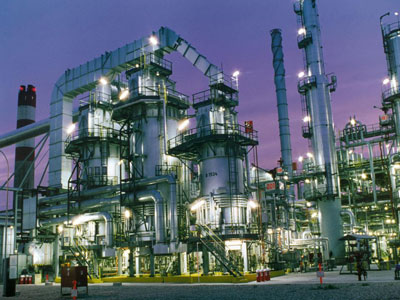Every reliability professional has a story about when it becomes crystal clear that the Reliability Approach was worth its weight in gold. This is one of my earliest accounts of my “WOW” moment realizing that RCA works” and I became a believer.
At the time I was working in a plant that produced sulfuric acid as one of its products. The local refineries were the customer and the plant would buy their (waste) called spent acid. The spent acid would be incinerated in the burner boilers to strip off the Sulfur Oxide (S02) and Sulfur Tri-Oxide (S03) gases which would be used to make various strengths of acid.
The burner boilers were supposed to have preventative maintenance performed every three years. In recent years (the last 4 years) the burner boilers had been experiencing unexpected wall tube failures two to four times a year at a cost of about $400,000 per outage or $1,600,000/year per boiler.
There were many attempts to solve this problem but the problem persisted. Several customers were ready to give their business to a competitor which alerted the attention of executive management.
The Corporate Reliability Center was commissioned to perform a Root Cause Analysis (RCA) on the problem. A preliminary plan of action was adopted the RCA team and was immediately initiated to gather and study event on the burner boilers. The data collection would continue during the next burner boiler outage to secure specific positional and parts data including data from the most recent outage.
It wasn’t very long before the plant was faced with another unexpected boiler tube failure. The RCA was completed and the failure mechanism was identified as an environment capable of creating acid turn attacks the tubes causing them to fail prematurely. Recommendations for solution were proposed.
The solution was to move the tubes out of the wall by moving the wall eighteen inches in front of the tubes (previous metallurgical solutions failed to correct the problem and never would have). This would still provide the cooling needed and eliminate the dew point causing the problem environment therefore, removing the means to create acid.
There was never another wall tube failure for the remaining three years I worked in the facility. The elimination of the entire failure mechanism made me a true believer in the power of Reliability and the Root Cause Analysis tool, a favorite tool of this Reliability Professional.
About the Author
Mark Latino is President of Reliability Center, Inc. (RCI). Mr. Latino came to RCI after 19 years in corporate America. During those years a wealth of reliability, maintenance, and manufacturing experience was acquired. He worked for Weyerhaeuser Corporation in a production role during the early stages of his career. He was an active part of Allied Chemical Corporations (now Honeywell) Reliability Strive for Excellence initiative that was started in the 70s to define, understand, document, and live the reliability culture until he left in 1986. Mr. Latino spent 10 years with Philip Morris primarily in a production capacity that later ended in a reliability engineering role. He is a graduate of Old Dominion University and holds a BS Degree in Business Management that focused on Production & Operations Management. Contact information: 804-458-0645, mlatino@reliability.com.




